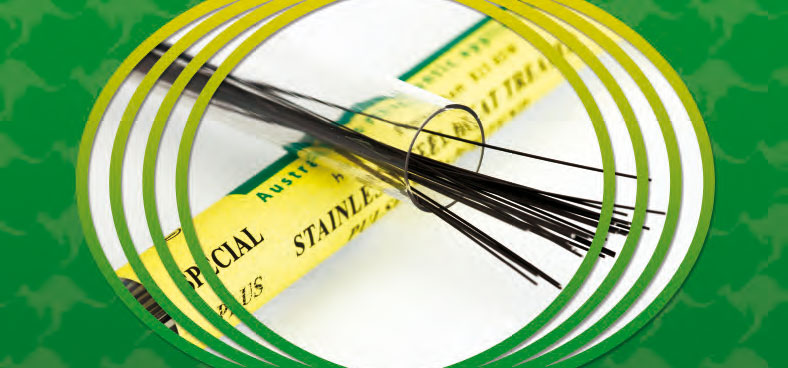You might be more familiar with the term braces. An orthodontic archwire is the piece of metal attached to braces that curves around your teeth. As you can imagine, not any piece of metal will be suitable for this due to the humid conditions of the mouth. Furthermore, the metal should be able to stay in your mouth over long periods of time without causing any harmful effects to you.
Such is the reason why orthodontic archwire needs to be formed from alloys that exhibit a number of properties. The mechanical properties of a good alloy are determined by a bending test. This helps in identifying various characteristics such as:
1. The stiffness of the alloy: The wire should be able to resist forces acted on it to some extent. The stiffness depends on the composition of the alloy.
2. Elasticity of the wire is also a key determiner of whether it is suitable. It should be able to bend to some degree due to the constant growth of the dental formula.
3. The amount of force it takes to deform the wire.
4. The spring back ability of the wire, that is, the ability of the wire to gradually contract to its original form. This helps to determine whether it can be used on teeth with larger deformations.
Properties of alloys that make them ideal for orthodontic archwire
In orthodontics, the ideal archwire is achieved when it meets a number of criteria that not only improve its mechanical properties but also makes it suitable for long periods in the mouth. These characteristics are as follows:
1. The alloys are made to be compatible with the tissues of the mouth in order to prevent eliciting allergic reactions and or irritation of the surrounding tissue. Furthermore, they are made to withstand the conditions of the mouth, making them resistant to corrosion.
2. They are structured in a way that they are not conducive to the breeding of bacteria and other microorganisms. They are made to be as neutral as possible so as to avoid the accumulation of germs which might cause foul breath or compromise the integrity of the archwire.
3. The alloys are not very stiff, allowing for slight adjustments of the dental formula. However, they are able to withstand a lot of pressure without breaking or falling apart.
4. They have a good spring back, which enhances their retention capabilities, making them able to accommodate small adjustments as the teeth conform to the pressure.
5. The alloys are malleable enough to manipulate into loops and coils without breaking. This also makes them easy to attach supporting structures by welding and soldering.
6. They have a good range of elasticity.
7. They are able to withstand a decent amount of friction.
The most commonly used alloy in orthodontics is stainless steel. This alloy exhibits the highest level of resistance to corrosion, ideal mechanical properties and is substantially cheaper than other options. It is also very easy to manipulate into the desired shape as well. Other alloys used to make orthodontic archwire are cobalt-chromium, nickel-titanium and beta-titanium wires.

